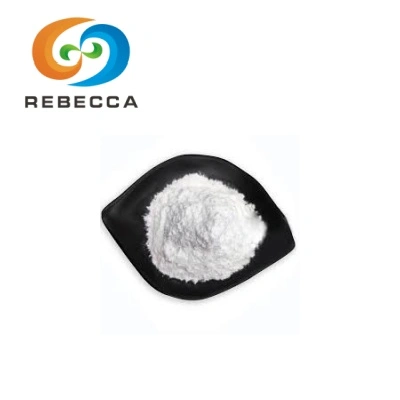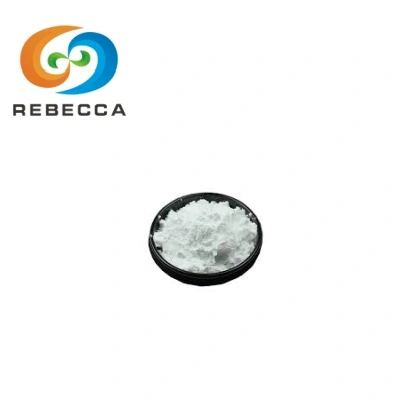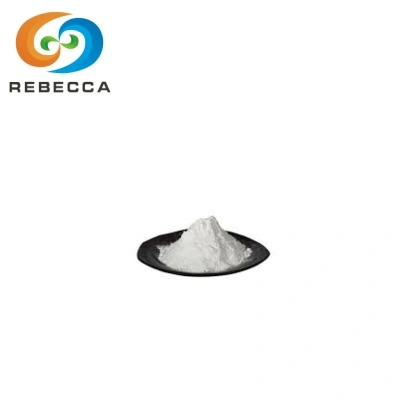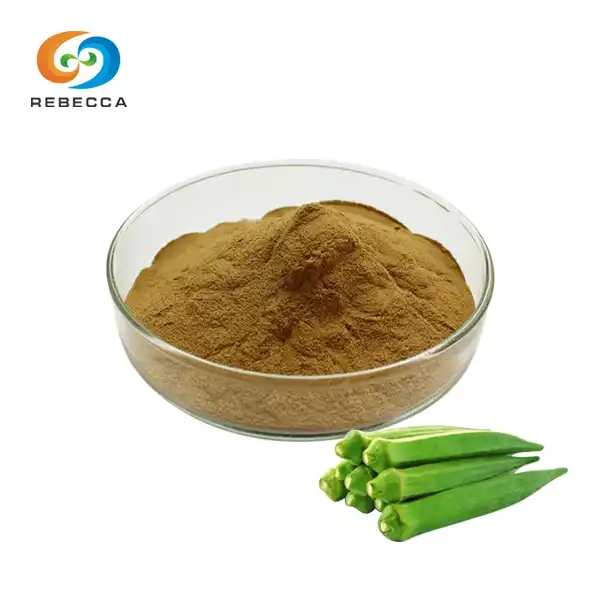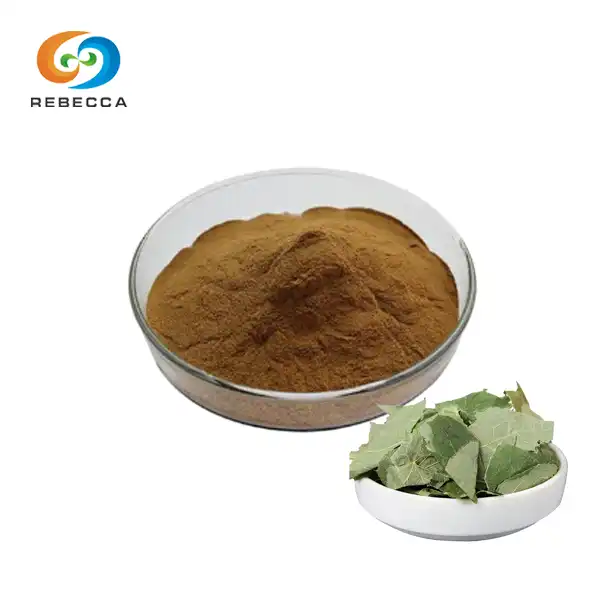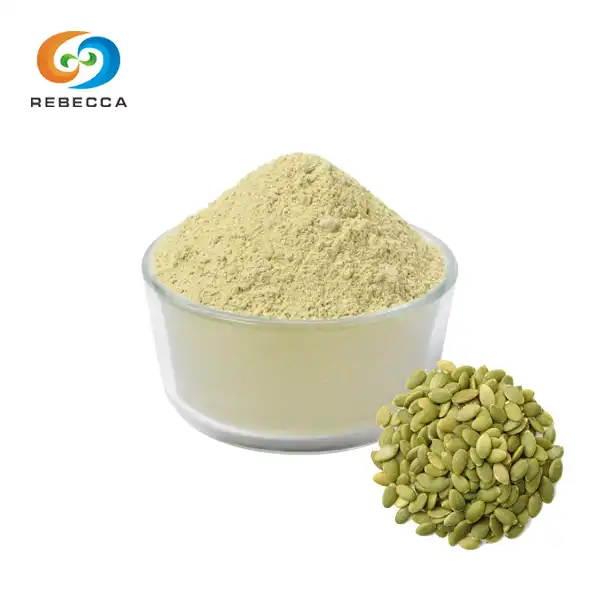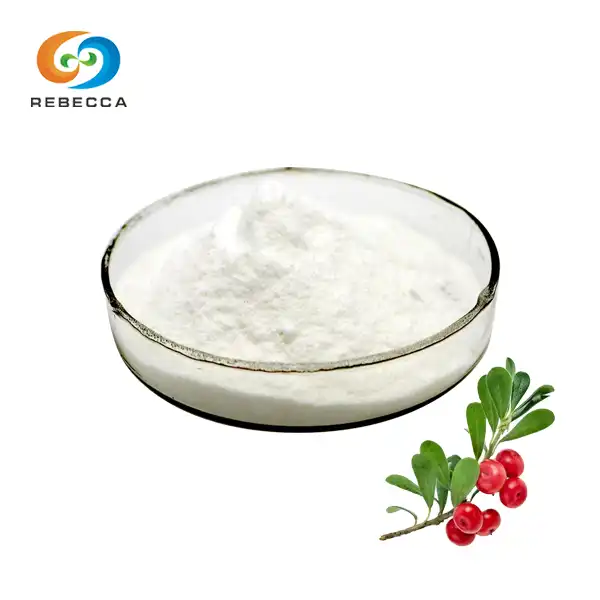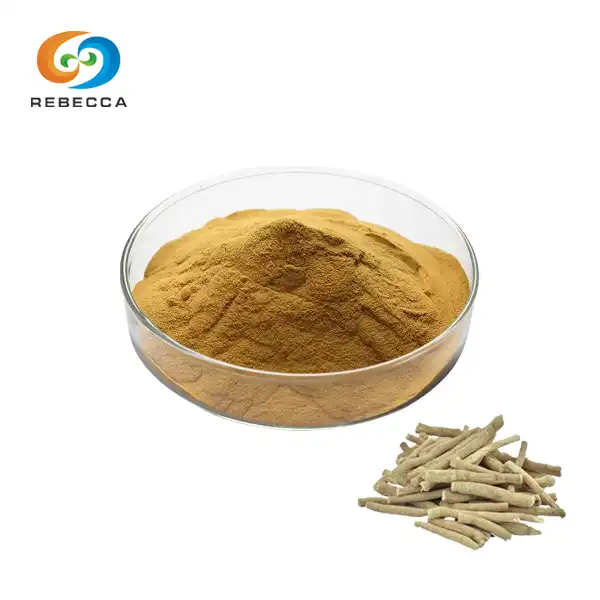How does hyperforin extract work?
hyperforin extract is a powerful bioactive compound derived from St. John's Wort (Hypericum perforatum), a medicinal plant with a rich history dating back thousands of years. This remarkable phytochemical has garnered significant scientific attention due to its multifaceted mechanisms of action within the human body. While many people are familiar with St. John's Wort as a natural remedy, fewer understand the specific roles hyperforin plays in its therapeutic effects.
Its biological activity extends beyond simple single-target mechanisms. Rather, it works through complex interactions with multiple cellular systems, creating a synergistic effect that contributes to its therapeutic potential.
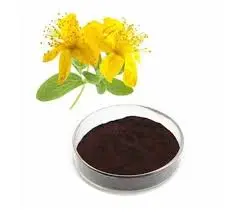
Regulation of Neurotransmitter Systems
At the core of hyperforin extract's neurological effects is its unique ability to modulate several neurotransmitter systems simultaneously. Unlike conventional antidepressants that typically target a single neurotransmitter pathway, hyperforin affects the reuptake of multiple neurotransmitters, including serotonin, dopamine, noradrenaline, GABA, and glutamate. This broad-spectrum activity occurs through an unconventional mechanism that distinguishes hyperforin from synthetic pharmaceuticals.
Research has revealed that hyperforin extract functions as a sodium ionophore, meaning it creates channels that allow sodium ions to enter nerve cells. This increase in intracellular sodium concentration disrupts the sodium gradient that normally drives neurotransmitter transport proteins. Rather than directly binding to these transporters (as many synthetic drugs do), hyperforin alters their functional environment, thereby inhibiting the reuptake of multiple neurotransmitters concurrently. This mechanism explains why hyperforin extract can influence several neurotransmitter systems without exhibiting the high-affinity binding characteristics typical of conventional antidepressants.
The impact on serotonin reuptake is particularly noteworthy. Studies have demonstrated that hyperforin extract can inhibit serotonin reuptake with efficacy comparable to some synthetic selective serotonin reuptake inhibitors (SSRIs). However, its simultaneous effects on other neurotransmitters may contribute to its distinct therapeutic profile. For instance, the modulation of dopamine and noradrenaline systems may enhance motivation and energy levels, while effects on GABA and glutamate could influence anxiety responses and cognitive function.
Additionally, hyperforin extract appears to influence the expression and function of serotonin receptors. Chronic administration has been shown to alter the density of 5-HT1A and 5-HT2A receptors in various brain regions, suggesting adaptive changes that may contribute to its long-term effects. This receptor modulation represents another layer of hyperforin's complex interaction with neurotransmitter systems.
The polypharmacological profile of hyperforin extract, its ability to affect multiple targets simultaneously, may explain why its therapeutic effects sometimes differ from those of more selective pharmaceutical agents. This broad activity could potentially address the multifaceted nature of complex conditions like depression, which involve dysregulation across several neurotransmitter systems rather than isolated deficiencies in a single pathway.
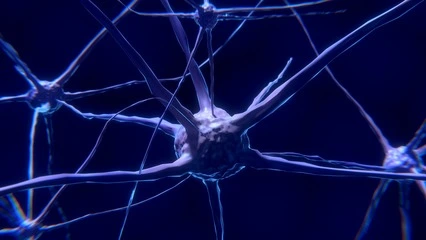
Impact on Ion Channels
Beyond its effects on neurotransmitter reuptake, hyperforin extract exerts a significant influence on various ion channels throughout the body. These protein complexes regulate the flow of charged particles across cell membranes and are fundamental to numerous physiological processes, including neural signaling, muscle contraction, and cellular homeostasis.
Perhaps the most well-documented interaction is hyperforin's effect on TRPC6 (Transient Receptor Potential Canonical 6) channels. Hyperforin extract acts as a potent and selective activator of TRPC6, a non-selective cation channel that permits calcium influx into cells. This activation triggers various intracellular signaling cascades with wide-ranging physiological consequences. In neurons, TRPC6 activation contributes to dendrite formation and neuroplasticity, processes crucial for learning, memory, and adaptive responses to stress. Its neuroplastic effects may underlie some of its long-term benefits for cognitive and emotional regulation.
Interestingly, the activation of TRPC6 channels also has implications for non-neuronal tissues. In skin cells, hyperforin-mediated TRPC6 activation influences keratinocyte differentiation and wound healing processes, explaining the traditional use of St. John's Wort preparations for dermatological conditions. In immune cells, these channels modulate calcium-dependent processes that govern inflammatory responses, providing another mechanism through which hyperforin extract may exert anti-inflammatory effects.
Beyond TRPC6, hyperforin extract influences several other ion channel systems. It modulates voltage-gated sodium channels, which are critical for generating action potentials in excitable cells like neurons and cardiac muscle cells. By affecting these channels, hyperforin may modulate neural excitability and potentially influence pain perception pathways. Additionally, hyperforin has been shown to interact with certain potassium channels, though these effects are generally less pronounced than its impact on TRPC6 and sodium transport systems.
The complex interplay between hyperforin's effects on ion channels and neurotransmitter systems creates a unique pharmacological profile. For instance, the calcium influx resulting from TRPC6 activation can influence neurotransmitter release, while changes in sodium gradients affect neurotransmitter reuptake. This interconnected activity highlights why isolating single mechanisms of action may fail to capture the full therapeutic potential of hyperforin extract.
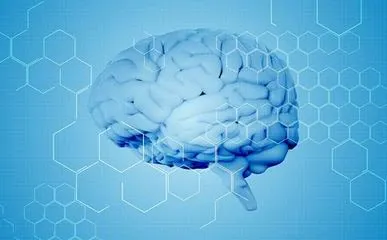
Inflammatory and Oxidative Stress Pathways
The third major mechanism through which hyperforin extract exerts its biological effects involves modulation of inflammatory responses and oxidative stress pathways. Chronic inflammation and oxidative damage are increasingly recognized as contributing factors in various pathologies, from neurodegenerative diseases to mood disorders and dermatological conditions.
At the molecular level, hyperforin extract demonstrates remarkable ability to inhibit several pro-inflammatory enzymes. It potently suppresses the activity of cyclooxygenase-1 and -2 (COX-1 and COX-2), key enzymes in prostaglandin synthesis that drive inflammatory processes. This inhibition occurs at concentrations comparable to those of some non-steroidal anti-inflammatory drugs, suggesting clinically relevant anti-inflammatory potential. Moreover, hyperforin inhibits 5-lipoxygenase (5-LOX), thereby reducing the production of leukotrienes—potent mediators of inflammatory responses that contribute to conditions like asthma and allergic reactions.
Beyond enzymatic inhibition, hyperforin extract influences inflammatory signaling pathways. Research has demonstrated its ability to downregulate nuclear factor-kappa B (NF-κB), a master regulator of inflammatory gene expression. By suppressing NF-κB activation, hyperforin reduces the production of pro-inflammatory cytokines including tumor necrosis factor-alpha (TNF-α), interleukin-6 (IL-6), and interleukin-1 beta (IL-1β). This broad anti-inflammatory activity may explain the traditional use of St. John's Wort for inflammatory skin conditions and could contribute to its effects on mood disorders, which often involve neuroinflammatory components.
Hyperforin extract also demonstrates significant antioxidant properties, though through mechanisms that differ from typical direct free radical scavenging. Rather than simply neutralizing reactive oxygen species (ROS), hyperforin activates cytoprotective pathways. Particularly noteworthy is its ability to activate the Nrf2 (Nuclear factor erythroid 2-related factor 2) pathway, a key cellular defense system against oxidative stress. When activated, Nrf2 translocates to the nucleus and increases the expression of various antioxidant enzymes, including superoxide dismutase, catalase, and glutathione peroxidase. This indirect antioxidant mechanism provides more sustainable protection against oxidative damage than direct radical scavenging alone.
The neuroprotective effects likely stem from this combination of anti-inflammatory and antioxidant actions. By reducing neuroinflammation and oxidative stress, hyperforin may help preserve neuronal function and viability in the face of various stressors. Some research suggests that these properties could be relevant to age-related cognitive decline and neurodegenerative processes, though clinical evidence remains preliminary.
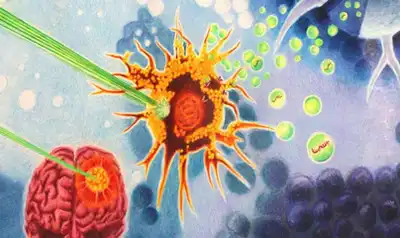
Rebecca: Hyperforin Extract Manufacturer
Whether you're conducting academic research, developing pharmaceutical formulations, or manufacturing nutraceutical products, our hyperforin extract delivers consistent results with every batch. Our dedicated team provides comprehensive support from ordering through delivery, ensuring you receive the highest quality hyperforin for your specific applications.
For more information about our hyperforin, custom formulations, or to place an order, please contact our specialized team at information@sxrebecca.com. We're committed to supporting your research and product development with premium hyperforin that meets the highest standards of purity and efficacy.
References
- Leuner K, et al. (2013). Hyperforin—a key constituent of St. John's wort specifically activates TRPC6 channels. FASEB Journal, 27(1), 58-69.
- Treiber K, et al. (2005). Hyperforin activates nonselective cation channels (NSCCs). British Journal of Pharmacology, 145(1), 75-83.
- Müller WE. (2003). Current St. John's wort research from mode of action to clinical efficacy. Pharmacological Research, 47(2), 101-109.
- Zanoli P. (2004). Role of hyperforin in the pharmacological activities of St. John's Wort. CNS Drug Reviews, 10(3), 203-218.
- Medina MA, et al. (2006). Hyperforin: more than an antidepressant bioactive compound? Life Sciences, 79(2), 105-111.
